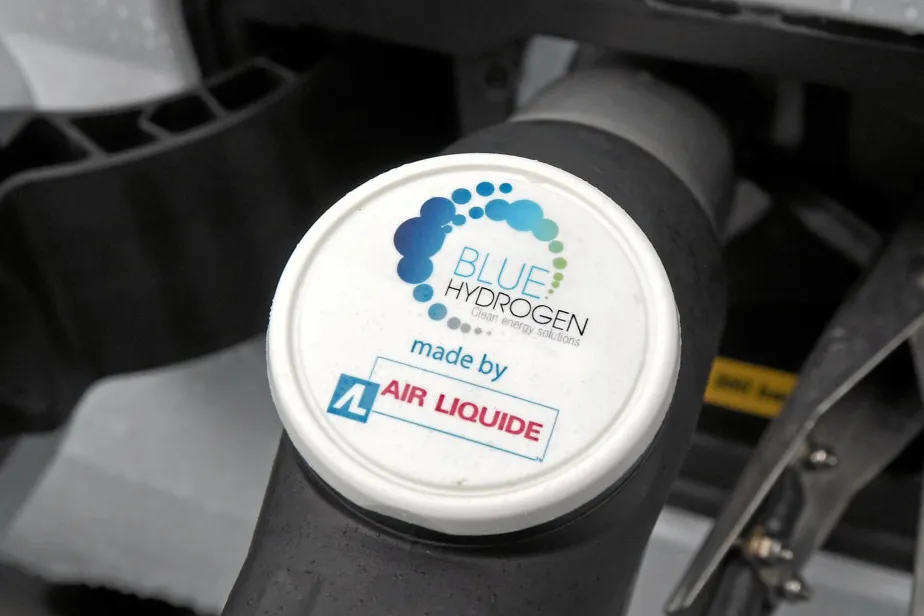Global blue hydrogen industry will be about four times smaller than the green H2 sector in ten years' time: analyst
Majority of blue hydrogen will be produced in Europe, with 'significant growth' in North America, says IDTechEx

Majority of blue hydrogen will be produced in Europe, with 'significant growth' in North America, says IDTechEx
